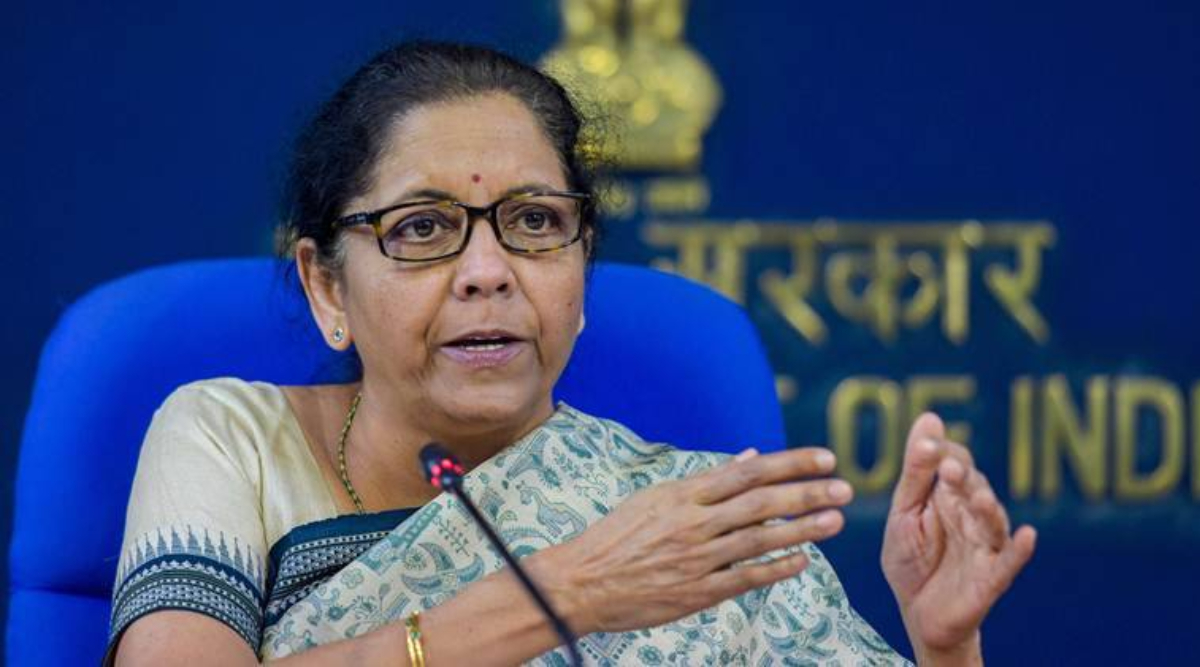08 Nov , 2022 By : Monika Singh

Finance minister Nirmala Sitharaman on Monday said that the country’s 12 public sector banks (PSBs) recorded a 50% jump in their profitability in the second quarter of FY23 from a year before, asserting that the steps taken by the government in the past few years to reduce bad loans and bolster their balancesheets are showing “tangible results”.
Together, the PSBs announced a net profit of Rs 25,685 crore in the second quarter. With this, they recorded a total net profit of Rs 40,991 crore in the first half of FY23, up 31.6% from a year before, Sitharaman said in a tweet.
Following the bad loan crisis, the most significant step announced by the government to tackle the crisis was capital infusion. In fact, the government infused as much as Rs 3.3 trillion between FY16 and FY21 into state-run banks to shore up their capital base and help them cope with the bad loan crisis, caused by “indiscriminate lending” during the UPA era. In FY22, it allocated Rs 15,000 crore for infusion.
Thanks to the good profitability and improved financials of state-run banks, the government is unlikely to infuse capital into them this fiscal for the first time since FY08, official and banking sources recently told FE.
As it holds consultations to entertain supplementary demands, the finance ministry is unlikely to allocate capital for PSBs as part of the revised estimates for FY23, they said.
On Monday, the finance minister pointed out that SBI, the country’s largest lender, reported the record profit of Rs 13,265 crore in the September quarter, 74% higher than a year before. Canara Bank recorded an 89% surge in profit to Rs 2,525 crore and Bank of Baroda’s profit jumped 58.7% to Rs 3,312.42 crore, the minister tweeted. UCO Bank recorded a 145% jump in profits to Rs 504 crore and Bank of Maharashtra’s profitability grew 103%.
Only two lenders — Punjab National Bank (PNB) and Bank of India (BoI) — witnessed lower profits in the September quarter, mainly due to elevated provisioning. While PNB’s profits dropped almost 63%, BoI’s declined by 9%. A bulk of the provisions was to be made on standard accounts belonging to state governments in which payments were delayed, after inspections by the Reserve Bank of India (RBI).
As such, the gross bad loan ratio of PSBs dropped substantially from 14.6% as of March 2018 to 7.4% as of March 2022, while the net NPA ratio declined to 2% from 8% during this period. The ratio went down further this fiscal. With the improvement in their balance sheets, the banks are now in a position to scale up advances and support the growing credit appetite of a recuperating economy. At an aggregate level, the capital to risk-weighted assets of state-run banks stood at 14.6% as of March 2022, against the requirement of 10.875%.
0 Comment